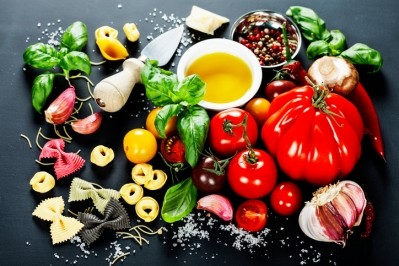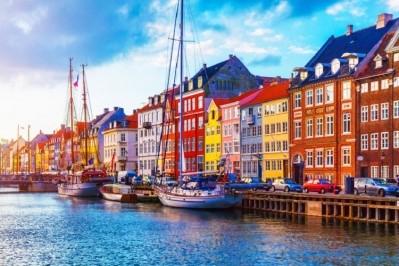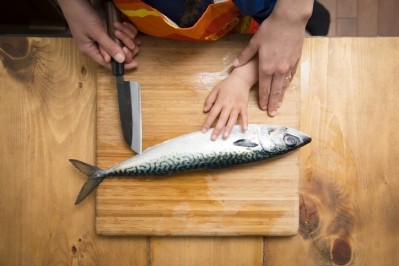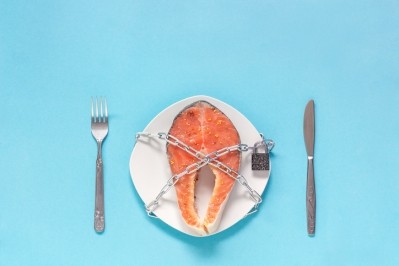28,000-strong survey reveals Europeans' fish and seafood preferences
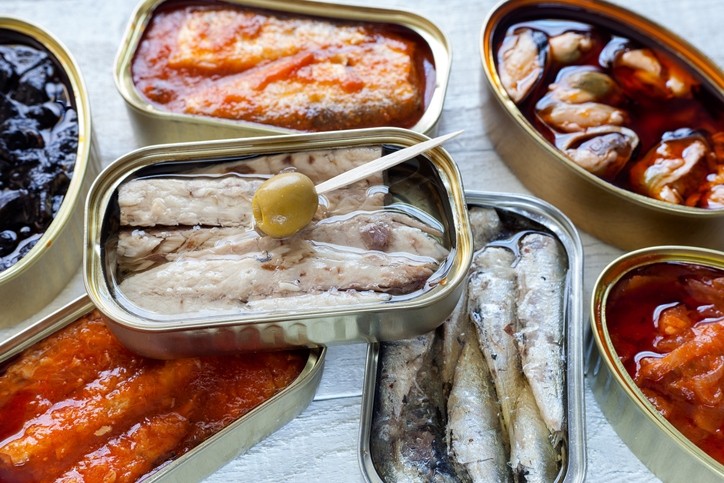
The EU is one of the world’s largest markets for fish and seafood.
While per capita spending on fishery and aquaculture products is one-third of that of Japan, the world leader, it is more than three times as much as in the United States.
A recently published study commissioned by the European Commission’s Directorate-General for Maritime Affairs and Fisheries, therefore aimed to shed light on what Europeans look for in fish and seafood, where they buy it and which information they would like to see on-pack.
The survey questioned almost 28,000 individuals from each member state in face-to-face interviews that were conducted at home in their native language.
“It aims at improving understanding of the EU internal market for fishery and aquaculture products to allow operators to be more competitive and to support new strategies that can stimulate growth, strengthen economic activities in the internal market and lead to job creation,” the report said.
Overall, seven in ten respondents (70%) eat fishery or aquaculture products at home 'at least once a month'.
Unsurprisingly, the biggest consumers of fish and seafood products are from countries with a tradition of fishing and eating fish. Spain led the way, with 92% of respondents saying they eat fish at least once a month, followed by Portugal and Sweden (both 87%), Estonia (85%), Finland (84%) and Denmark and Greece with 83%.
As with the previous 2016 survey, Hungary stood out for having the lowest proportion, with just over one quarter (28%) of individuals eating fish at home at least once a month. However, price may be a deterring factor for consumers in the land-locked country: 90% of Hungarians said they would buy or eat more fishery and aquaculture products if the prices were not so high.
Supermarkets are the preferred purchase point
Over three-quarters of these respondents (77%) buy fishery or aquaculture products at the grocery store, supermarket or hypermarket. However, a majority of Italians (64%), Greeks (65%) and Maltese respondents (74%) were more likely to buy fish or seafood directly from a fishmonger, a fishmonger’s stall in a market hall, or at a specialist store.
Almost no country seemed to favour online shopping for fish products with one exception: Denmark, with 6%.
The most popular format was frozen. A total of 68% of all respondents who buy fish and seafood purchase frozen products either from time to time or often, with Portugal, Austria and Sweden the top countries for frozen fish purchases. Greece, Spain and Portugal, on the other hand, came out top for fresh fish and seafood products.
Mediterranean countries such as Greece, Cyprus and Croatia preferred to buy whole products.
Respondents were more likely to express a preference for wild products (35%) over farmed products (9%), but nearly as many said that they did not have a preference (32%).
“The most commonly mentioned reasons to buy or eat fishery and aquaculture products are because they are healthy (74%) and because they taste good (59%),” the report said.
Label information
“More than half mention the product’s appearance (59%) and the cost of the product (52%) as important aspects when buying fishery and aquaculture products. The third most frequently mentioned aspect is the origin of the product, with more than four in ten respondents (41%) considering this important. More than a fifth (23%) of respondents consider the brand or quality labels (e.g. PGI, PDO) and how easy and quick it is to prepare as important. Finally, the environmental, social or ethical impact is least mentioned as important (17%).
After date of catch and production, the second piece of information consumers would most like to see on-pack was environmental information, which nearly four in ten (39%) thought should be on labels.
